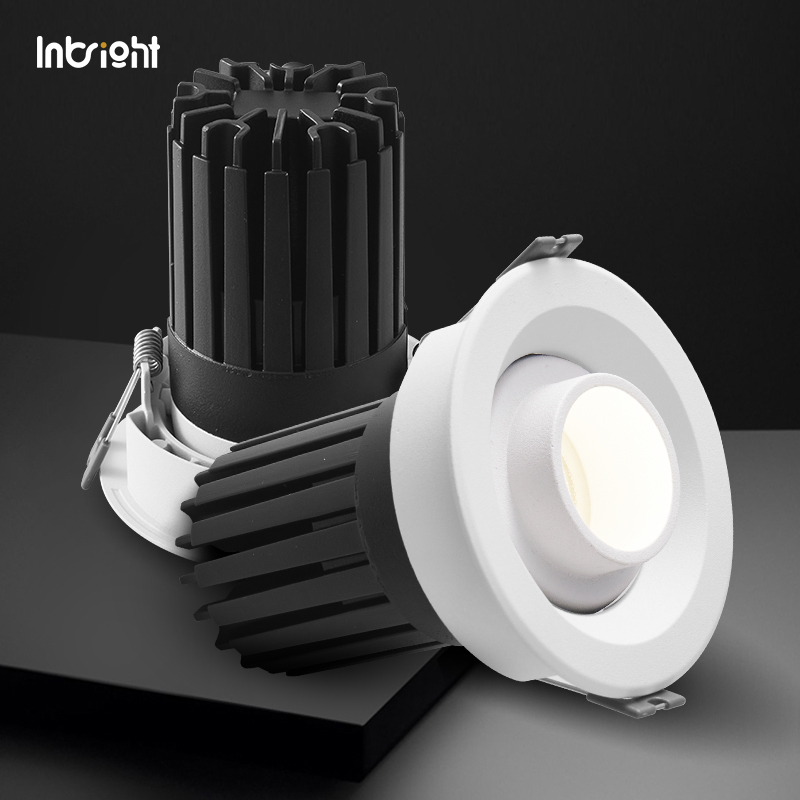
The Evolution of Smart Lighting: AI, Big Data, and Real-Life Applications
As technology continues to advance, smart lighting is no longer just a futuristic concept—it's transforming daily life in homes, offices, and public spaces. This article explores how the latest breakthroughs in artificial intelligence (AI), big data, and energy-saving strategies are propelling the next wave of smart lighting innovation.
1. AI-Driven Personalization
One of the most exciting trends is the use of AI to personalize smart lighting systems. By analyzing user behavior and preferences, lighting schedules can be automatically adjusted for different times of day, activities, or moods. For example, AI-powered lighting can gradually shift color temperatures in the morning to simulate sunrise, or reduce blue light at night to improve sleep quality. This not only enhances user comfort but also increases energy-saving by ensuring lights are only used when needed.
2. Data-Driven Energy Management
Big data is empowering facilities managers and homeowners to make smarter decisions about energy consumption. Modern LED lighting systems generate detailed usage data, which can be monitored and analyzed to identify patterns and opportunities for optimization. With the help of smart sensors, occupancy data, and real-time monitoring, energy waste is minimized and cost savings are maximized.
3. Seamless Integration with Smart Ecosystems
The new generation of smart lighting is designed to seamlessly integrate with other connected devices. Imagine a scenario where LED lighting automatically dims when a smart TV is turned on, or where hallway lights activate only when motion is detected at night. Such integration not only makes life more convenient but also contributes to the overall efficiency and adaptability of smart environments.
4. Practical Use Cases: From Home to City
Residential: Adaptive bedroom lighting that mimics natural sunlight to support healthy circadian rhythms.
Office: Smart lighting in open workspaces that adjusts according to daylight and occupancy, enhancing productivity.
Urban: Energy-efficient street lighting systems that respond to weather, traffic, and time, improving safety while reducing costs.
40 SEO Keywords:smart lighting, LED lighting, energy-saving, IoT lighting, intelligent lighting, human-centric lighting, lighting automation, lighting control, voice control lighting, AI lighting, sensor lighting, smart bulbs, connected lighting, smart home, building automation, wireless lighting, color temperature, tunable lighting, lighting schedule, app-controlled lighting, lighting scenes, circadian rhythm lighting, daylight simulation, occupancy sensor, lighting security, home arrival lighting, adaptive lighting, sustainable lighting, lighting longevity, power efficiency, personalized lighting, smart switches, lighting hubs, remote lighting, lighting trends, smart office lighting, smart city lighting, user experience lighting, gesture control lighting, ambient lighting
READ MORE










